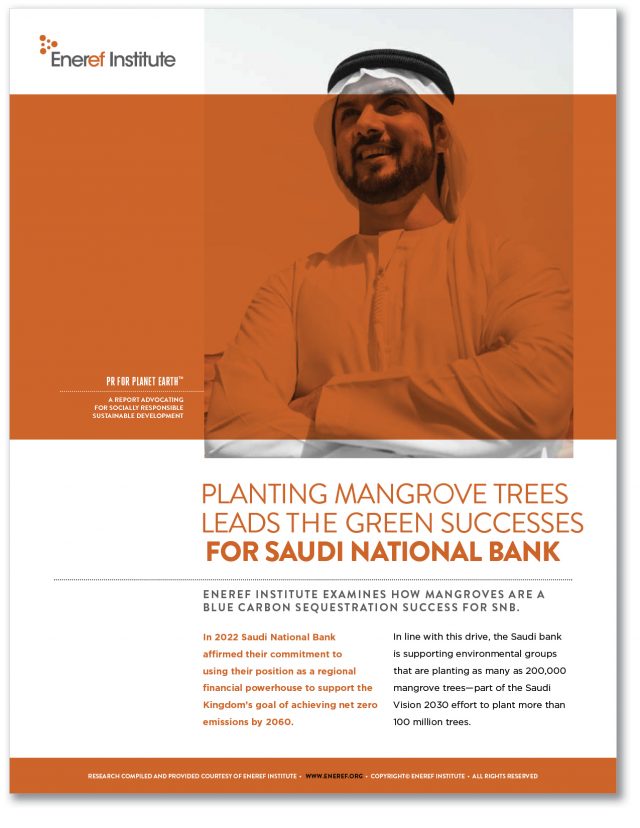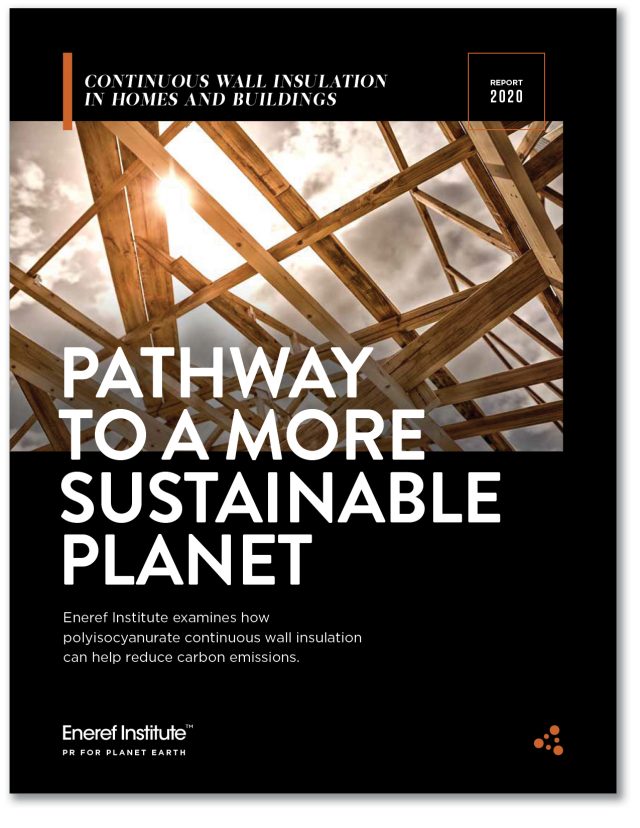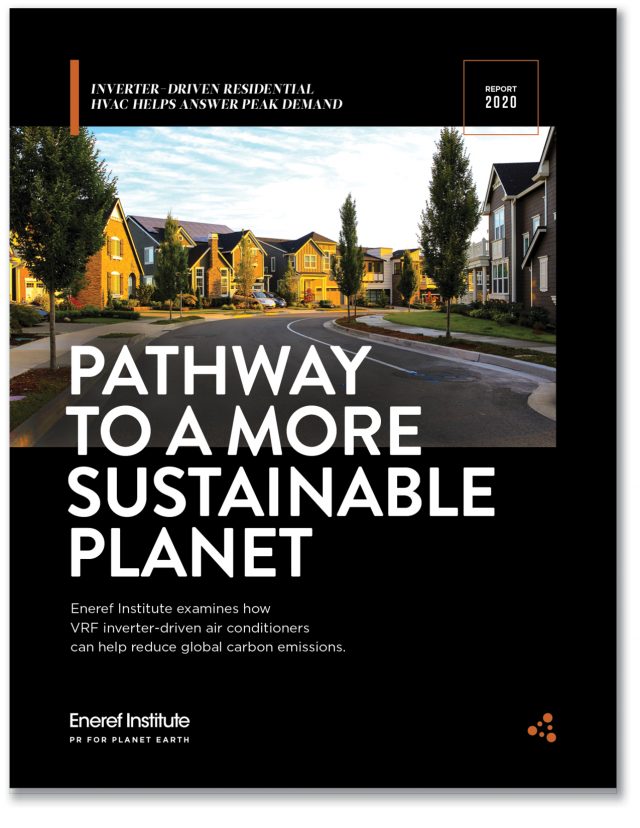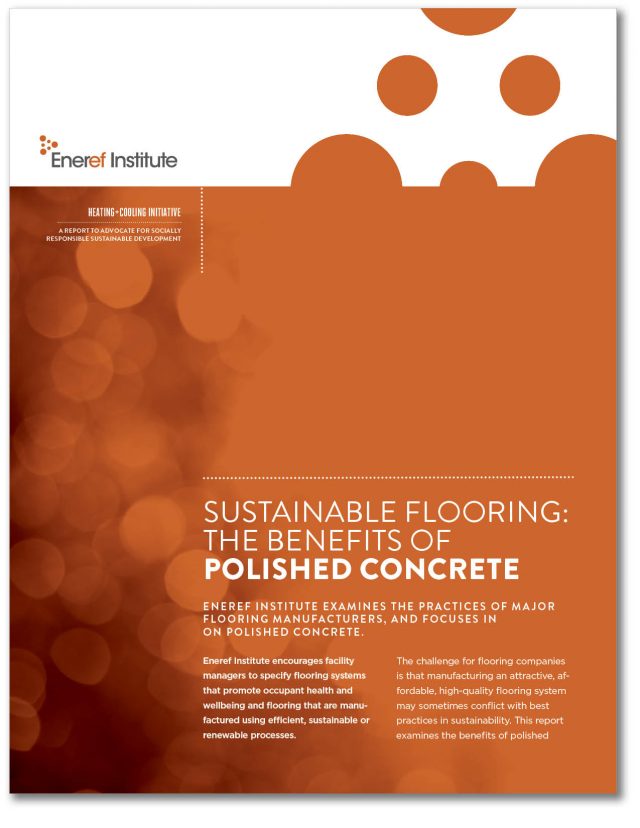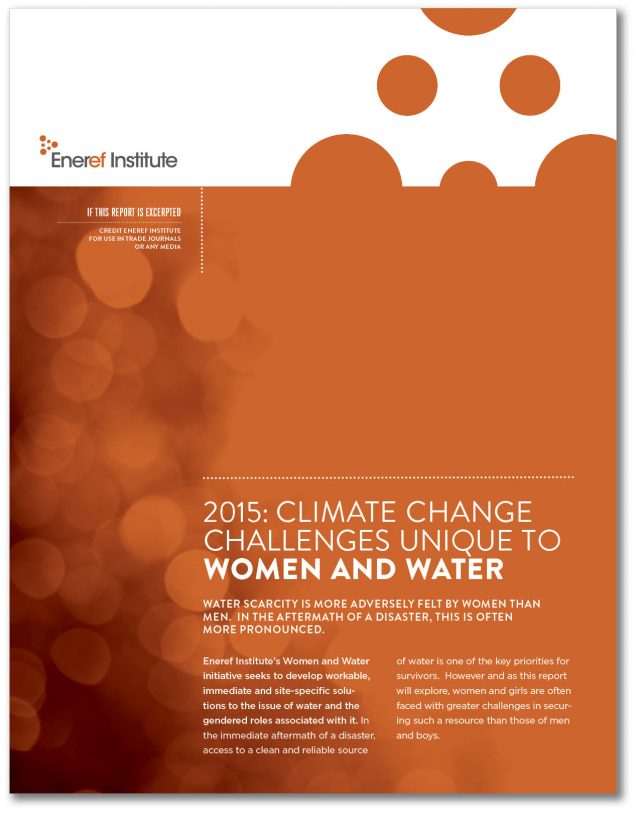Climate Change
The world is projected to hold nearly 10 billion people by 2050. Sustainably feeding this exploding population requires meeting three great needs simultaneously.
According to WRI research, the world will have to close a gap of 56 percent between the amount of food available today and that required by 2050. It must reduce agriculture’s impact on climate, ecosystems, and water. And it needs to ensure that agriculture supports inclusive economic and social development. [source]
Climate-related impacts are already reducing crop yields in some parts of the world, a trend that is projected to continue as temperatures rise further. Crops affected include staples such as wheat, maize and rice. Climate change is projected to increase price volatility for agricultural commodities, and reduce food quality. [source]
Greenhouse gas (GHG) emissions from agriculture comprised about 10–12% of man-made GHG emissions in 2010. The sector is the largest contributor of non-carbon dioxide (non-CO2) GHGs such as methane.
The potential for reducing GHG emissions from agriculture through changes in consumption could be substantially higher than technical mitigation options. Approaches include reducing food waste, changing diets towards less GHG-intensive food (e.g. substitution of animal products with plant-based food), and reducing over-consumption in regions where this is prevalent. [source]






